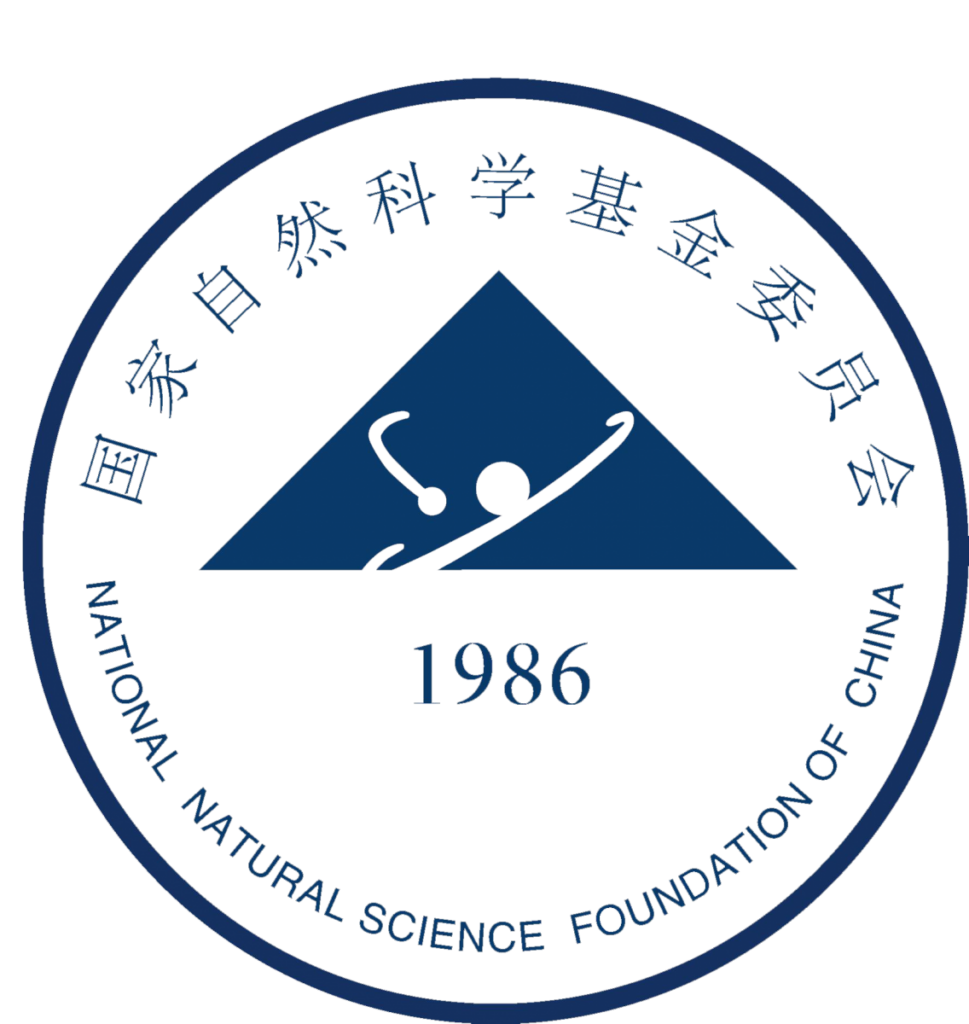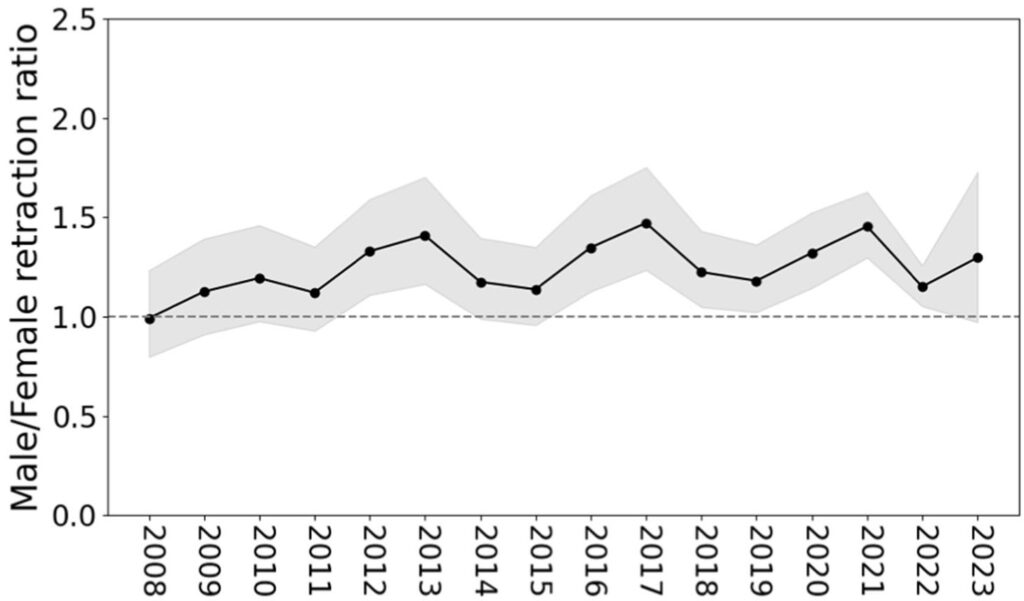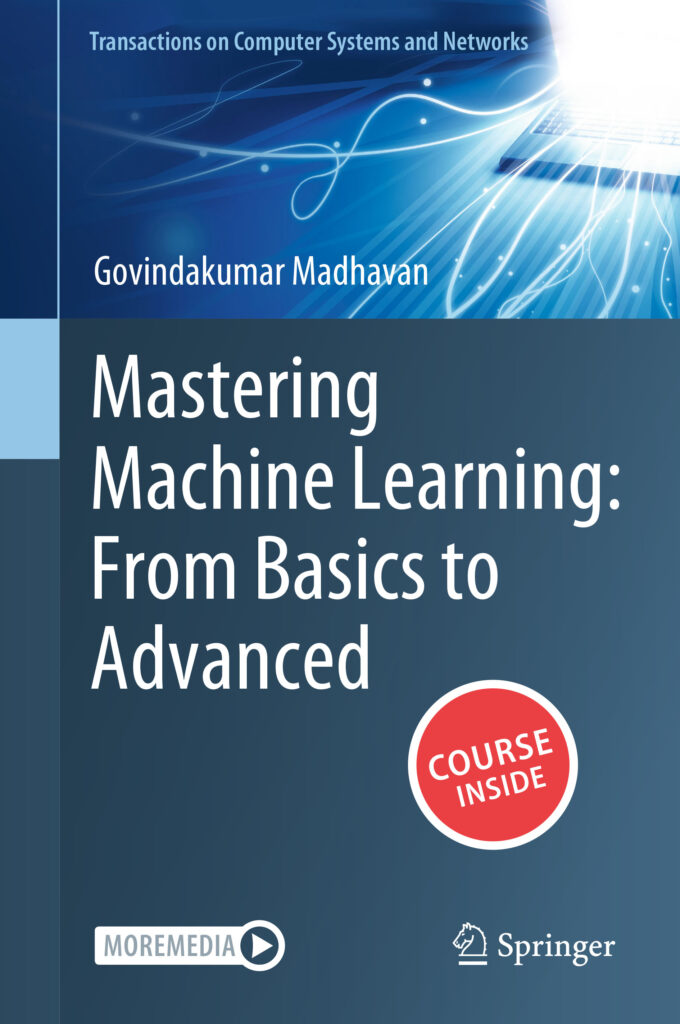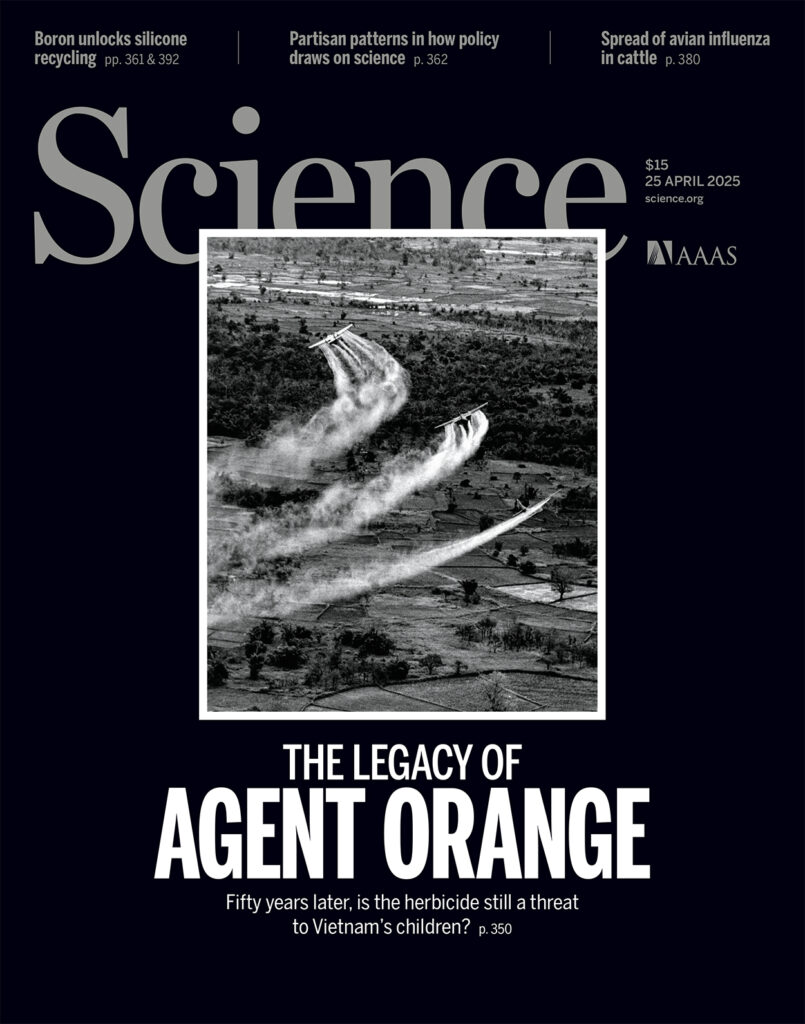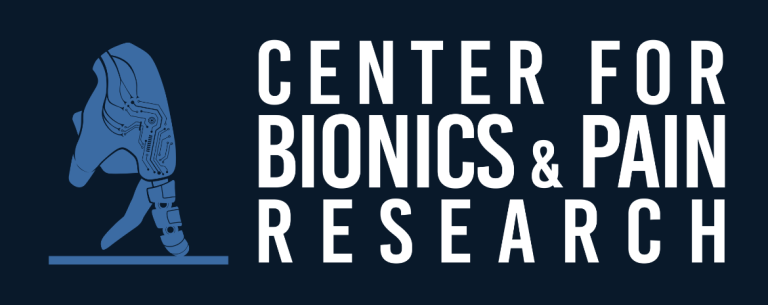In its second batch of misconduct findings this year, the organization responsible for allocating basic research funding in China has called out 25 researchers for paper mill activity and plagiarism.
The National Natural Science Foundation of China, or NSFC, gives more than 20,000 grants annually in disciplines ranging from agriculture to cancer research. The NSFC publishes the reports periodically “in accordance with relevant regulations,” the first report, released in April, states. The organization awarded 31.9 billion yuan, or about US$4.5 billion, in project funds in 2023.
The NSFC published the results of its investigations on June 13. The reports listed 11 specific papers and 26 grant applications and approvals.
Continue reading Chinese funding agency penalizes 25 researchers for misconduct